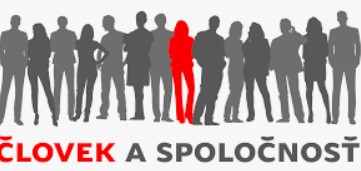Features of the Internet's use in the daily life of Ukrainian students
Features of the Internet's use in the daily life of Ukrainian students
Author(s): Olesia Benchak, Yaryna KhmilSubject(s): Media studies, Sociology, Higher Education , ICT Information and Communications Technologies
Published by: Spoločenskovedný ústav SAV, Slovenská akadémia vied
Keywords: Internet; Internet practices; smartphones; social network; students; student's everyday life;
Summary/Abstract: The Internet as a source of information, a means of communication, a platform for self-presentation is every year becoming more and more part of a person's everyday life. This process is most active and relevant for young people, especially students. Students are social actors, drivers and catalysts of social change, being one of the first to participate and lead new opportunities. It is this social group that not only adapts to new conditions more easily than others, but also promotes them among other layers of the population. Their daily lives are changing, and with it their behavior is changing both online and offline, which all affects the self-awareness of student-users and the virtualization of the reality around them. The epidemic of COVID-19, and then the war in Ukraine, made the Internet an indispensable element of the daily life of users all over the world, and in our country in particular. There is a lack of sociological research on the use of the Internet by students as a social group and in terms of the combination of Internet awareness and Internet practices of users in Ukraine, so the findings once again emphasizes its relevance. The main tasks that the authors set themselves were to find out for what purpose Ukrainian students use the network and how much time they spend there. The results of the study showed that according to the results of the comparison of the respondents' stories about their own Internet practices and the content analysis data of their screenshots, the declarations of 16 of the 24 interviewed respondents were not confirmed. This discrepancy proves that the real actions of users on the Internet are not always correctly evaluated by the respondents themselves. But still, according to both criteria, passive communication or surfing social networks (Youtube, Telegram, Facebook, Instagram, Twitter) comes first. The Covid-19 pandemic also compelled people to make adjustments to daily life, especially students, who were forced to switch to online education, thus increasing the use of the Internet. The time they spend on the Internet increased by a third, and this increase was mainly due to the increase in the passive consumption of ready-made video content, which does not even have to be searched for or selected by oneself. The article presents the empirical results of a sociological study aimed at identifying the peculiarities of the dynamics of the use of the Internet by Ukrainian students in everyday life, in particular, in the conditions of the COVID-19 pandemic and related quarantine restrictions. The main practices of the Internet among students were studied and analyzed, and the interpretation of the obtained results was described in the article.
Journal: Človek a spoločnosť
- Issue Year: 25/2022
- Issue No: 3
- Page Range: 1-21
- Page Count: 21
- Language: English

